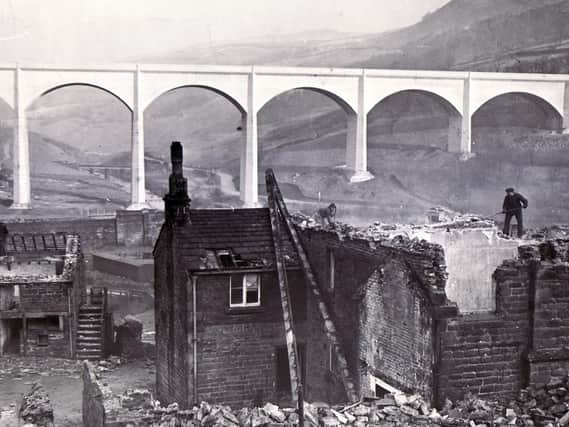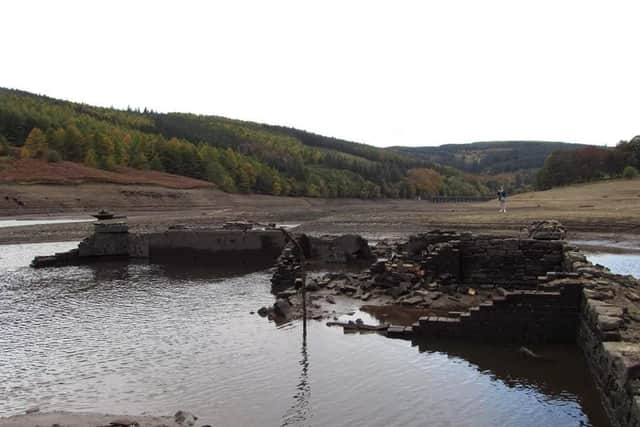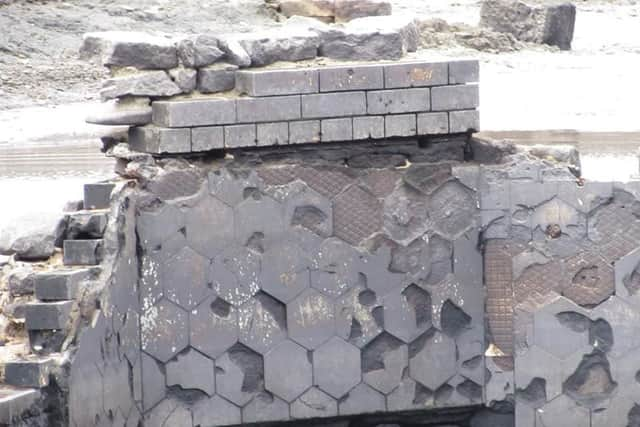Sad glimpses of lost lives


Star reader Clare Whittaker sent in these photographs, taken by her on a visit to Ladybower over the weekend.
The last remains of villagers' homes and other buildings have once again become visible as the water level in the reservoir has dropped, becoming a tourist attraction for visitors.


Advertisement
Hide AdAdvertisement
Hide AdThe pictures are very poignant, showing all that remains of a village that housed rural workers and existed for hundreds of years.
The increasing water needs of cities like Sheffield, Manchester, Derby and Leicester meant that the neighbouring villages of Ashopton and Derwent were demolished to allow Ladybower, the third great reservoir in the upper Derwent Valley, to be built in the 1940s.
Water engineers chose the steep-sided valley because of its geology and its height above sea level.
Derwent and Howden reservoirs were built in the early 20th century, sealing the fate of only isolated farmhouses.


Advertisement
Hide AdAdvertisement
Hide AdA 1966 TV documentary recorded that villagers, who were mainly moved to new homes at Yorkshire Bridge, had mixed feelings.
One woman interviewed said: 'It was a very beautiful village. It was such a pity to take all the houses, especially at that time we had to move there was a war on and houses were being destroyed everywhere. .'
However, the move at least meant an end of having to use paraffin lamps and outside toilets.
Derwent Hall, a grand 17th-century house last used as a school, was also demolished.